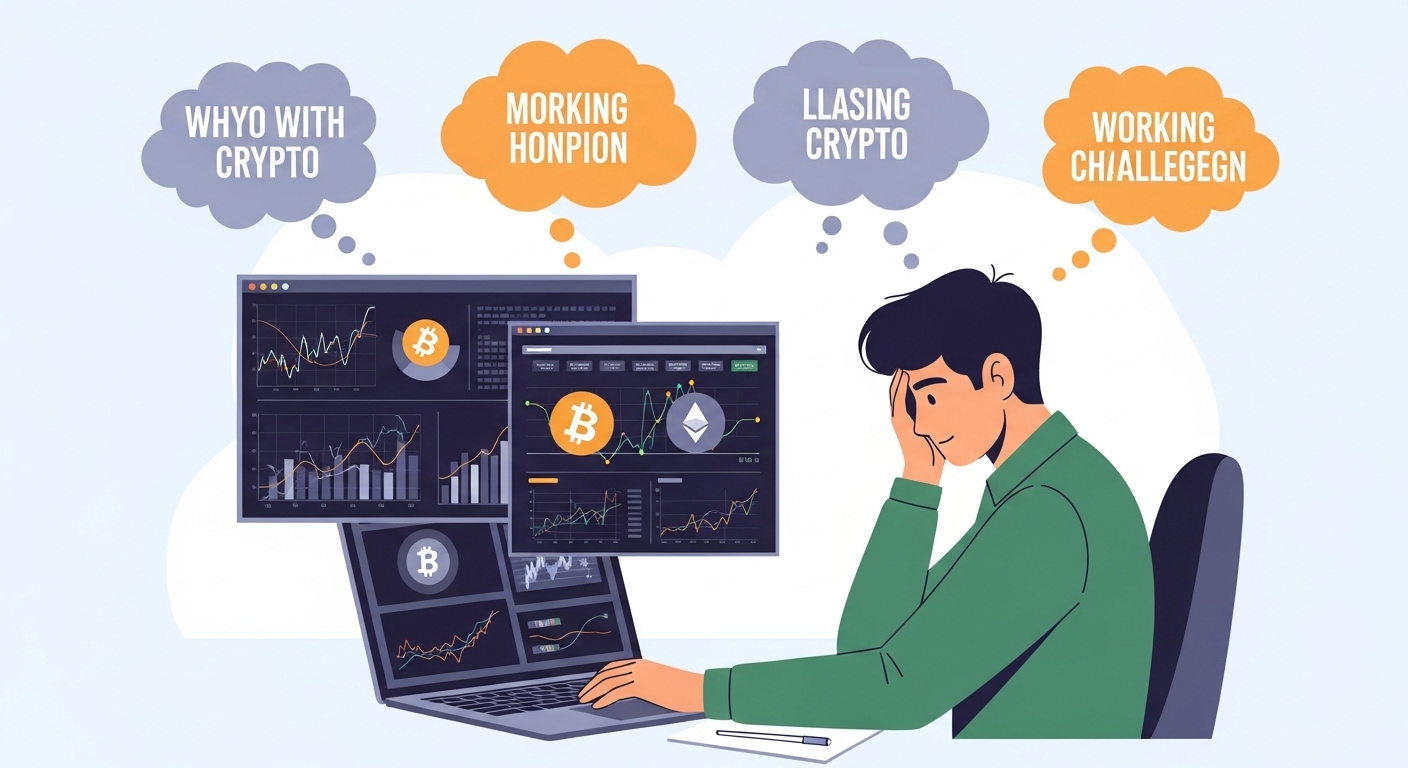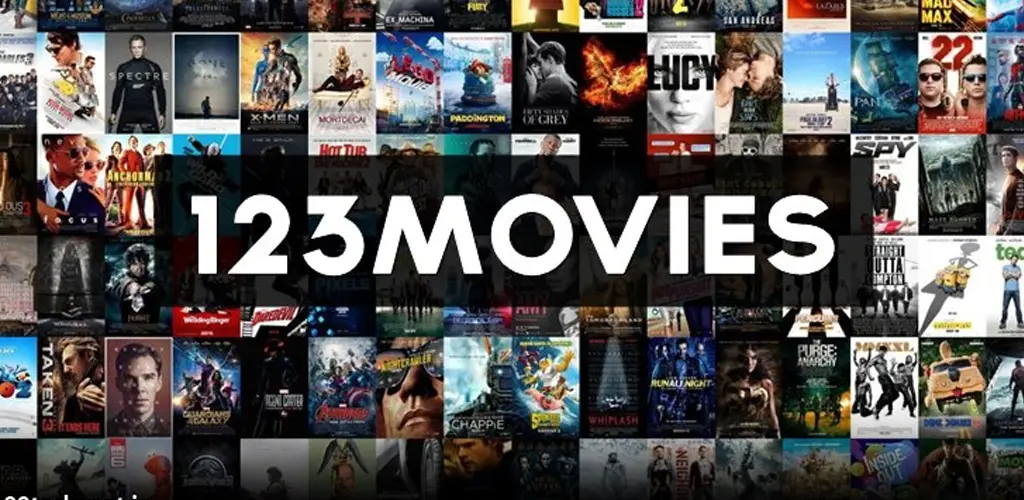When people first dip into the world of Bitcoin and crypto, the excitement of holding digital assets often comes hand-in-hand with a wave of anxiety. Unlike traditional banking, there’s no customer support hotline, no safety net, and no undo button. Everything feels new, the rules are different, and mistakes can be costly.
I learned this firsthand while slowly moving my own Bitcoin off exchanges. Even though best practice is to start with a small test transaction before moving the full balance, I found myself breaking things down into tiny steps. Sending funds in small batches felt safer than pressing the “send all” button. Talking with a friend who still keeps her Bitcoin on exchanges reassured me that I’m not alone in this fear.
The truth is, working with crypto forces us to rewire decades of conditioning. Banks have trained us to rely on them. Crypto asks us to take complete responsibility for our assets. That responsibility is both liberating and overwhelming.
Here are some of the biggest challenges people face in crypto — and the ways we can make the journey a little easier.
1. The Language Barrier
Why It Feels So Hard
Anyone who has ever scrolled through crypto Twitter or read a blockchain whitepaper has likely felt like they’ve stumbled into a new country without a dictionary. The terminology is a world of its own. Acronyms like HODL, DAO, L2, and NGMI fly around with little explanation. Even everyday words take on new meaning.
- “Gas” isn’t something you pump into a car — it’s the transaction fee you pay to move tokens on a blockchain.
- “Rug pull” isn’t about redecorating your living room — it’s when developers abandon a project after collecting investors’ money.
- “Yield farming” isn’t about soil or tractors — it’s staking tokens to earn rewards.
This jargon-heavy environment can feel deliberately opaque, like a club with secret rules that outsiders aren’t meant to understand. It’s no wonder many beginners quit before finishing their first tutorial.
What Makes It Easier
- Break it down: Use plain language guides, glossaries, and beginner-focused blogs.
- Ask simple questions: Google and AI assistants can translate confusing terms into everyday English.
- Follow good educators: A few creators in the crypto space excel at explaining concepts without assuming you’re a programmer living on Discord.
- Patience and humor: Treat it like learning a new language — mistakes and misunderstandings are part of the process.
2. The Fear of Messing Up
Why It Feels So Hard
Traditional finance has built-in guardrails. Send money to the wrong account? Call the bank. Forget your password? Click “Forgot password?” But crypto runs on a different philosophy: you are the bank.
That means:
- Lose your seed phrase, and your wallet is gone forever.
- Send tokens to the wrong address, and there’s no recovery.
- Share private keys with the wrong person, and your funds are drained in minutes.
This level of responsibility can feel thrilling for some — the frontier of financial freedom — but for most people, it’s terrifying. The idea that a single mistake could cost thousands of dollars makes even a small transaction nerve-wracking.
What Makes It Easier
- Start with custodial wallets: Beginner-friendly apps like Coinbase Wallet, Trust Wallet, or others provide training wheels. They simplify security without throwing you straight into the deep end.
- Use hardware wallets later: Once comfortable, move funds to cold storage like Ledger or Trezor for maximum safety.
- Always test first: Send a small transaction before moving large amounts.
- Back up seed phrases properly: Write them down, store them offline, and never share them digitally.
3. The Constant Change
Why It Feels So Hard
Crypto evolves at breakneck speed. A project that was the hottest investment six months ago may now be irrelevant or exposed as a scam. New blockchains, tokens, and decentralized apps (dApps) launch every week. Regulatory changes are constant, adding yet another layer of uncertainty.
This pace can feel overwhelming. Beginners often wonder: Am I already behind? Did I miss the boat? Even seasoned investors admit they can’t possibly keep up with every development.
What Makes It Easier
- Filter ruthlessly: Don’t try to track everything. Focus on one or two areas that genuinely interest you.
- Create a “tackle next” list: Save topics you’re curious about and revisit them later.
- Accept missing out: Nobody can catch every wave. The key is staying consistent rather than chasing hype.
- Follow curated sources: Instead of scrolling endless feeds, subscribe to newsletters or podcasts that summarize the most important updates.
4. Assume Everything Is a Scam
Why It Feels So Hard
The crypto industry has a reputation problem — and for good reason. For every legitimate project, there are countless schemes designed to trick people out of their money.
Some of the biggest risks include:
- Fake social media accounts imitating well-known educators.
- Phishing links disguised as support messages.
- Airdropped tokens that drain wallets if interacted with.
- High-profile collapses like FTX, where billions disappeared overnight.
This environment conditions people to be suspicious of everything, which makes participation stressful. It’s hard to feel excited about innovation when every interaction feels like a potential trap.
What Makes It Easier
- Verify everything: Always check official websites and social media links.
- Use separate wallets: Keep your main funds in one wallet and experiment with new tokens in another.
- Trust slowly: If something sounds too good to be true, it probably is.
- Learn from others: Follow security experts who regularly expose scams.
FAQs
1. Why do people move their crypto off exchanges?
Because exchanges are vulnerable to hacks, bankruptcies, and regulatory seizures. Holding your coins in your own wallet gives you control — the principle of “not your keys, not your coins.”
2. Is it safe to keep crypto in a hot wallet?
Hot wallets (apps connected to the internet) are convenient but more exposed to hacking. They’re fine for everyday use, but large amounts should be kept in cold storage (offline hardware wallets).
3. What’s the safest way to store my seed phrase?
Write it on paper or metal, and store it somewhere secure (like a safe). Never take screenshots or store it in cloud services.
4. How do I avoid scams in crypto?
Ignore unsolicited DMs, never share private keys, double-check URLs, and research projects before investing. Using reputable wallets and exchanges also lowers risk.
5. Do I need to understand all the jargon to invest in crypto?
No. Focus on the basics first: how to buy, store, and send safely. The vocabulary will come with time.
6. What if I already made a mistake?
Depending on the mistake, there may be no recovery. But every error is also a powerful learning experience. Crypto requires resilience as much as technical knowledge.
Conclusion
Crypto is hard because it rewrites the rules of money, security, and responsibility. It demands skills most of us never learned in traditional finance: self-custody, constant vigilance, and skepticism. The language is foreign, the pace relentless, and the risks unnerving.
And yet, there are glimmers of light. Communities that explain things simply. Tools that make storage safer. Habits like testing small transactions that build confidence. The fact that even seasoned investors admit to fears and mistakes should remind us that nobody has it all figured out.


















